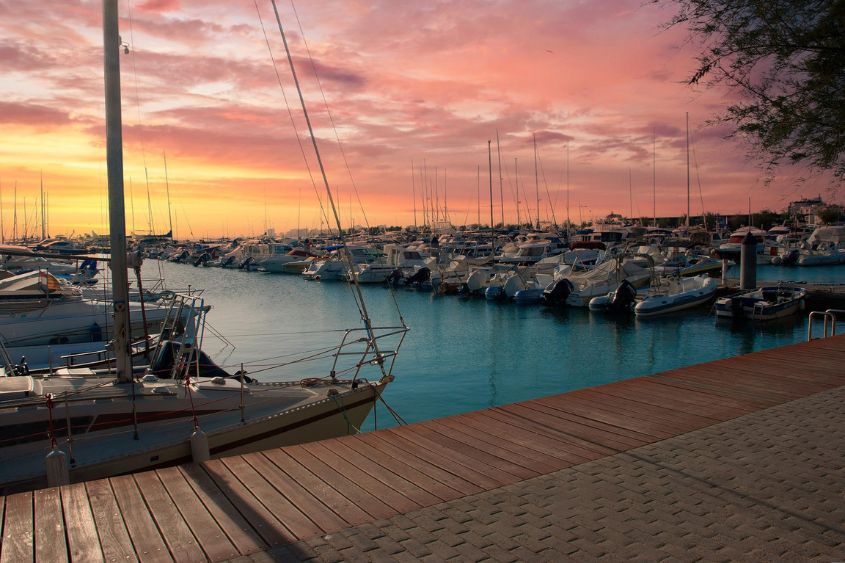It is no mystery that the nautical world is currently experiencing a peculiar situation, torn between the boom in market demand and the difficulty in satisfying customers’ requests due to the lack of raw materials.
Indeed, it is an issue that involves all sectors of the industry: not only shipyards but also the entire world of marine equipment.
The increasing demand
Let’s take a step back and go back to 2020 when the coronavirus restrictions led to the near impossibility of travel. It is precisely this combined phenomenon that has contributed to the rise of the interest in buying sailboats or powerboats. Why?
First, the income bracket of those who could afford a boat had begun to widen, and in the last months of 2020, the demand for a boat “doubled the supply”. People wanted to reinvest the money that they had saved in something they could refuge in: a boat, in fact. The second variable that played an important role was the sociological one: for future vacations, people wanted to guarantee themselves the possibility of staying in the open sea or on islands, thus distancing themselves from other people and spending time with their families without having contact with strangers.
The increasingly slower offer
We arrive in 2022 when, after two years of coronavirus in which there were already difficulties in finding raw materials, the war in Ukraine arrives, further exacerbating the problem.
The sales chain has therefore been jammed for some time, and with Eastern Europe now affected by the war in Ukraine, the transport situation has become even more complicated and delays in the delivery of goods are increasing.
The nautical world also depends on Eastern European and Asian regions for raw materials, to produce both components and entire products. For example, for a new boat, in some cases, it can take more than two years for a likely delivery.
In addition to the long waiting times, there is also an increase in the final cost of products: with growing demand and a supply that remains ever lower, the logic of the market is moving in the direction of higher prices for the end user.
The cost of our purchases in this sector could therefore easily continue to rise but, as the international scenarios change, the situation could also improve.





Leave A Comment